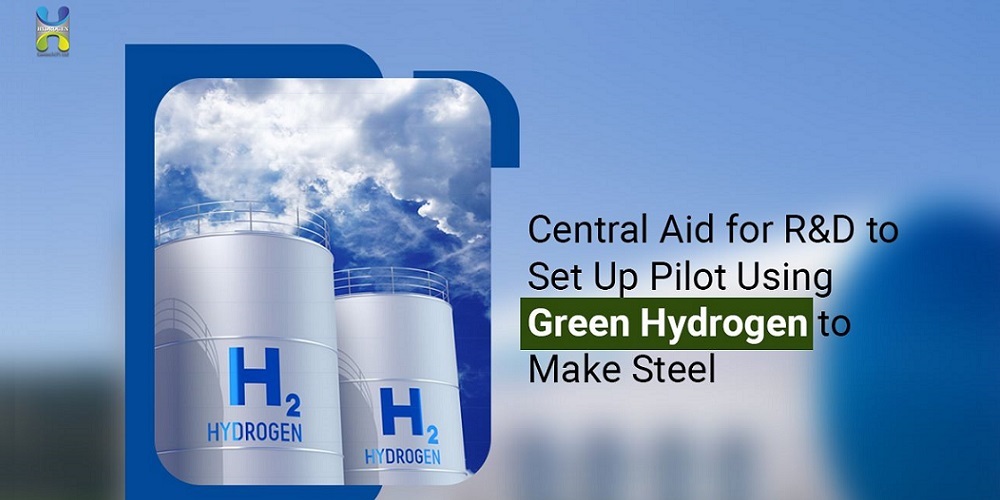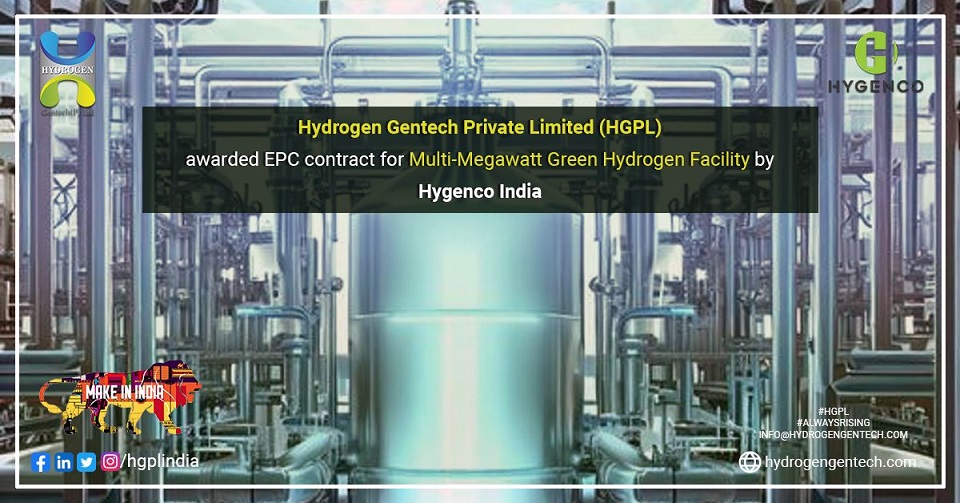US engineering company Cummins and Indian conglomerate Tata are embarking on a joint venture to construct a large-scale factory in India, set to produce thousands of hydrogen internal combustion engines (ICE) annually. The ambitious project, classified as a ‘mega-project,’ is eligible for subsidies from the eastern state of Jharkhand.
The manufacturing facility will be situated in the industrial city of Jamshedpur, within Jharkhand, where Tata currently operates an automobile factory and a massive steelworks. The factory’s primary focus will be the production of 4,000 hydrogen ICEs per year, catering mainly to heavy trucking applications. Additionally, the site will manufacture 10,000 battery systems and an undisclosed number of “fuel agnostic” engines.
Cummins is currently developing two versions of its new H2-ICE technology—a 6.7-liter and a 15-liter model—for medium-duty commercial vehicles and heavy-duty trucking, respectively. The company believes that hydrogen combustion technology is the most practical choice for trucking applications.
No definitive timeline has been announced for the final investment decision or the commencement of commercial operations at the factory. It remains unclear whether the new facility will involve the conversion of existing capacity at Tata’s Jamshedpur plant or require an entirely new site.
The joint venture, known as TSPL Green Energy Solutions Private Limited (TGESPL), received approval from Hemant Soren, Chief Minister of Jharkhand, to proceed with the project over the weekend. The government has designated this venture as a “mega-project,” qualifying it for various subsidies offered to zero-emissions automakers under Jharkhand’s 2021 Industrial Policy. These subsidies include a 50% match funding by the state on capital investment up to 200 million rupees ($2.43 million) and several tax breaks, including a maximum 75% reduction on some of the project’s associated value-added tax (VAT) expenses.
Hydrogen Insight has reached out to Cummins to inquire about their plans to apply for subsidies as part of the joint venture. However, the company has not yet provided any official statement on the matter.
This initiative stems from a memorandum of understanding (MOU) signed in November 2022 between Tata Motors, Tata’s auto subsidiary, and Cummins. The agreement outlined their collaboration to manufacture and market Cummins’ new hydrogen ICE engine in India, as well as the company’s H2 fuel cell- and battery-powered electric powertrains. As part of this deal, India is expected to be among the first markets to receive Cummins’ H2 ICE engine, with production slated to begin in 2027.
In a previous exclusive interview with Hydrogen Insight, Jim Nebergall, the general manager of Cummins’ hydrogen engine business, highlighted India’s suitability as a market for hydrogen vehicles, particularly in heavy trucking. He emphasized that hydrogen fuel serves as an ideal solution for decarbonization, given the logistical challenges of wholesale electrification in the country.
Tata has also been actively integrating hydrogen-based technology into its other operations, recently employing H2 in a coal-fired blast furnace at its Jamshedpur steelworks.






